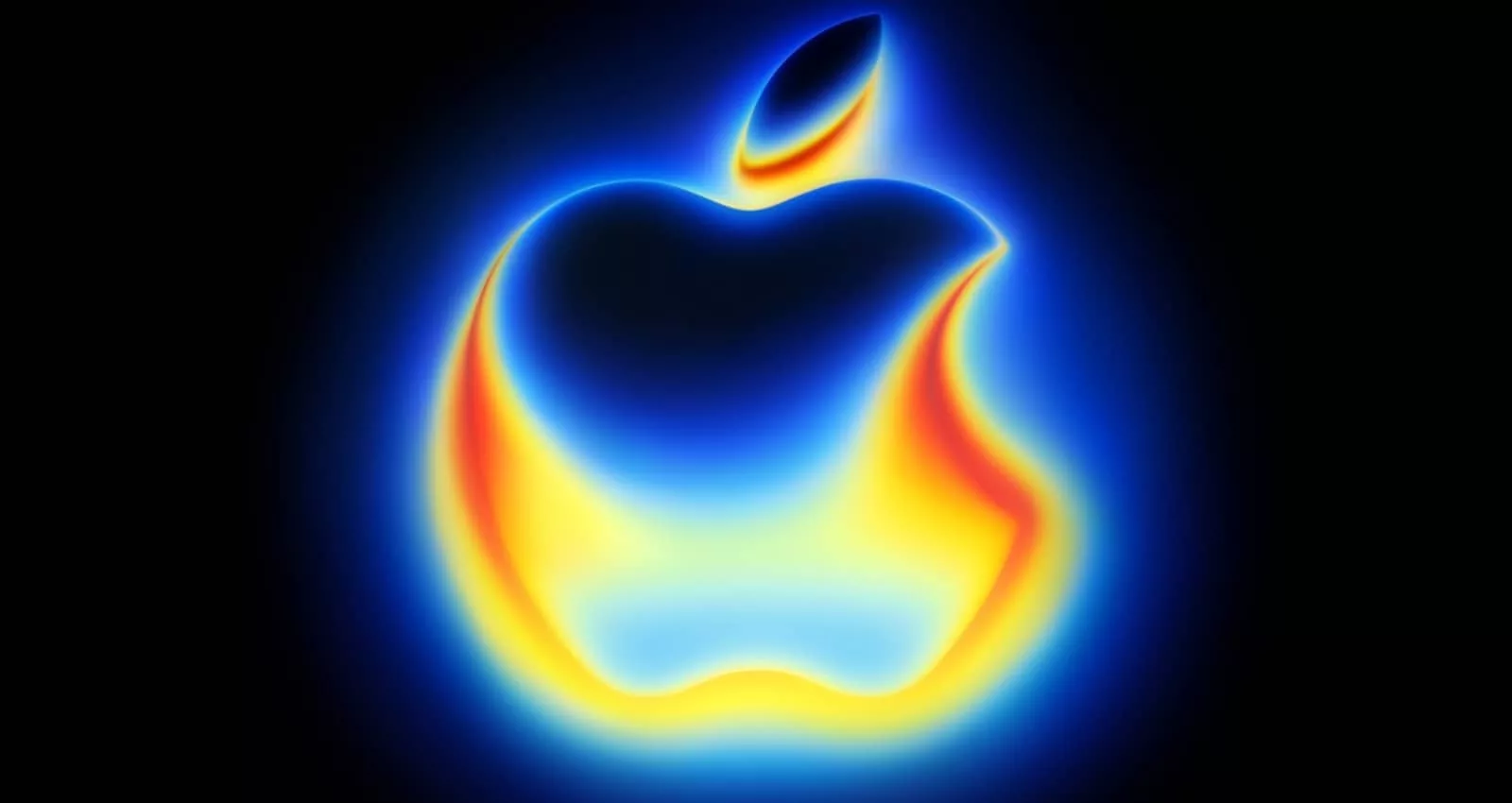A bit of a PSA for the next few weeks has emerged as Apple picks September 9 in the US and September 10 locally to announce its next iPhones.
Friends don’t let friends buy old products, and if you’re thinking about buying an iPhone, maybe just wait. That’s not the official recommendation from Apple, but it may as well be one from your favourite technology journalist(s), because Apple has announced that it has an announcement.
Announcements about announcements usually mean new gear, and with Samsung’s 2025 foldables including the Galaxy Fold 7 in recent weeks, not to mention Nothing’s Phone (3) and Google’s new Pixel phones, we’re now into the part of the year where it’s Apple’s turn.
The maker of the iPhone sent out invites to its next event in the early hours of August 27, noting September 9 as the day for something “awe dropping” and a neat effect over the Apple logo. So what is Apple likely to launch?
New iPhones: the iPhone 17 range

Perhaps most obviously, we can expect new models in the iPhone range, likely to jump up one number from iPhone 16 to iPhone 17, just like it has with the rest of the iPhone range.
Apple has held this approach to naming for a while, but it’s also entirely possible we’ll see a bump to “26” like its operating systems. An iPhone 26 name change seems unlikely, but isn’t out of the realm of possibility.
Whatever it’s called, you can expect new processors with more speed and more AI-friendly neural capability, as well as new cameras, too. Our expectation is Apple will likely turn the multi-camera design of the Pro and Pro Max models into a bit of a camera bar, kind of like a fatter version of what Google’s Pixels do.
A larger camera bar could allow Apple to pack in a potentially closer camera as well as a more complex array, but the other winning feature would pertain to design: a larger camera bar would mean the phone wouldn’t seem unbalanced when left on a table. It would tilt at an angle, and it could make cases easier, too, not having to account for the camera block.
Processor and camera upgrades are largely where Apple makes changes, but the design might be refined, too, with new colours.
And the battery and charger could get a boost, the former with more size and the latter with Qi2 25W, the more powerful form of MagSafe-compatible wireless charging.
Given there are five iPhone 16 models right now — the iPhone 16, iPhone 16e, iPhone 16 Plus, iPhone 16 Pro, and iPhone 16 Pro Max — we suspect we’ll see the iPhone 17, iPhone 17 Pro, and iPhone 17 Pro Max. The iPhone 16e will likely stick around, and there’s a possibility the iPhone 16 Plus will be replaced with something more interesting.
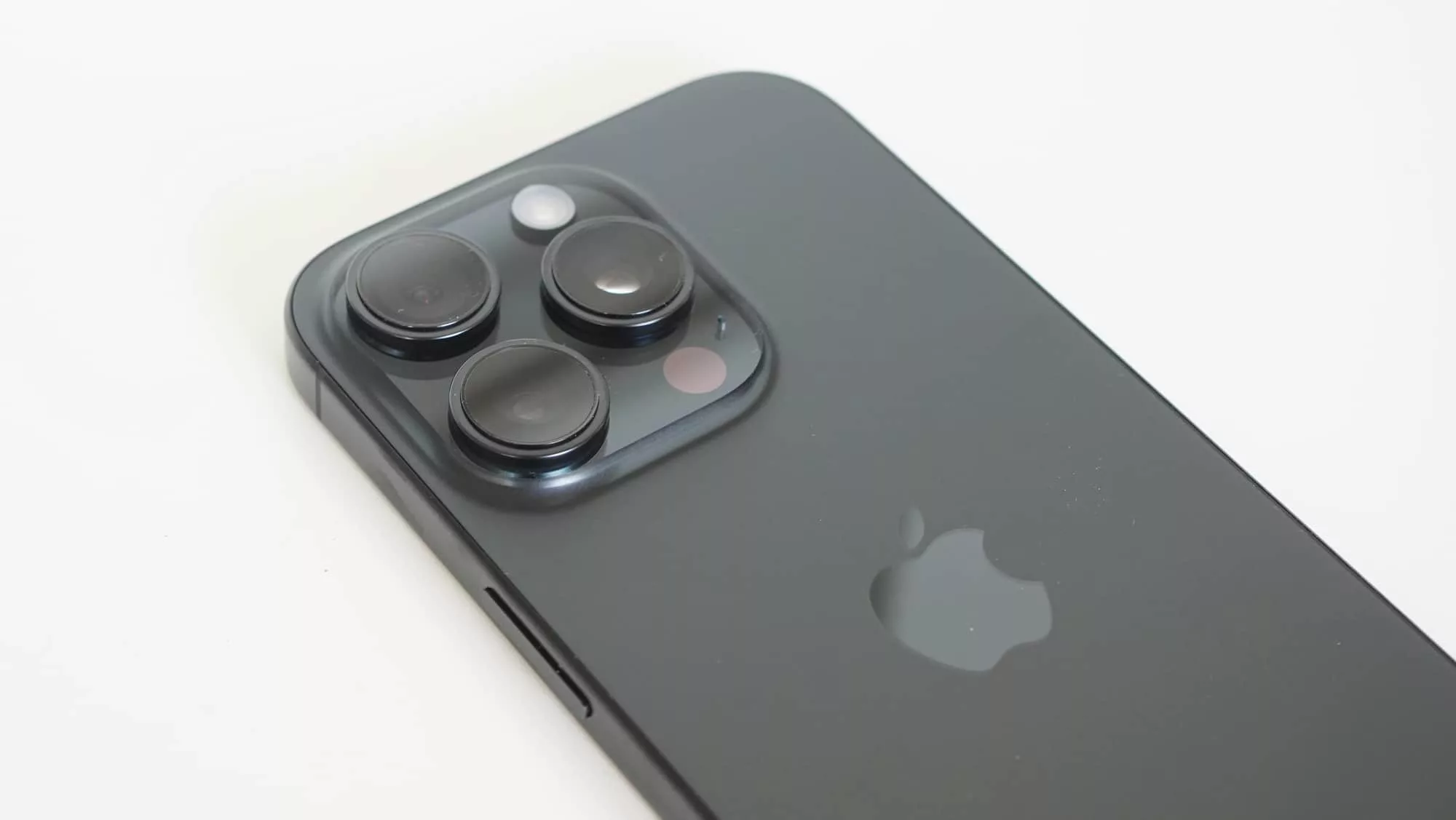
An iPhone 17 Air
We’re not entirely sure if we’ll see an iPhone 17 Plus or not, but we suspect Apple will have a model to take on Samsung’s super-thin Galaxy S25 Edge.
Easily one of the more interesting phones of the year — and Samsung has a few! — the Edge is essentially a high-end model with a super-slim design. It’s not quite as thin as Apple’s 5.1mm M4 iPad Pro, but the 5.8mm Galaxy S25 Edge is very thin in the world of mobile phones, with other iPhones hitting 8.25mm.
We doubt Apple is leaving that one alone, and given Apple’s use of the “Air” name in the past for slim gear, suspect it would revive it for a similarly thin phone.

If there is an iPhone 17 Air on the way, we’d expect a large screen because it increases the size of the display and the battery, and cameras more like the iPhone Plus models likely with two rather than three.
That would make the approach of an iPhone Air more like an iPhone 16 Plus, but thinner.
And that could mean no iPhone Plus model this year, and an Air model instead. After all, if it had both Plus and Air, Apple would offer a staggering six current iPhones: five in the 17 range and the 16e left in the current range. That seems a little too many to make picking phones all that easy for folks.
New Apple Watch models: Series 11, Ultra 3, and SE
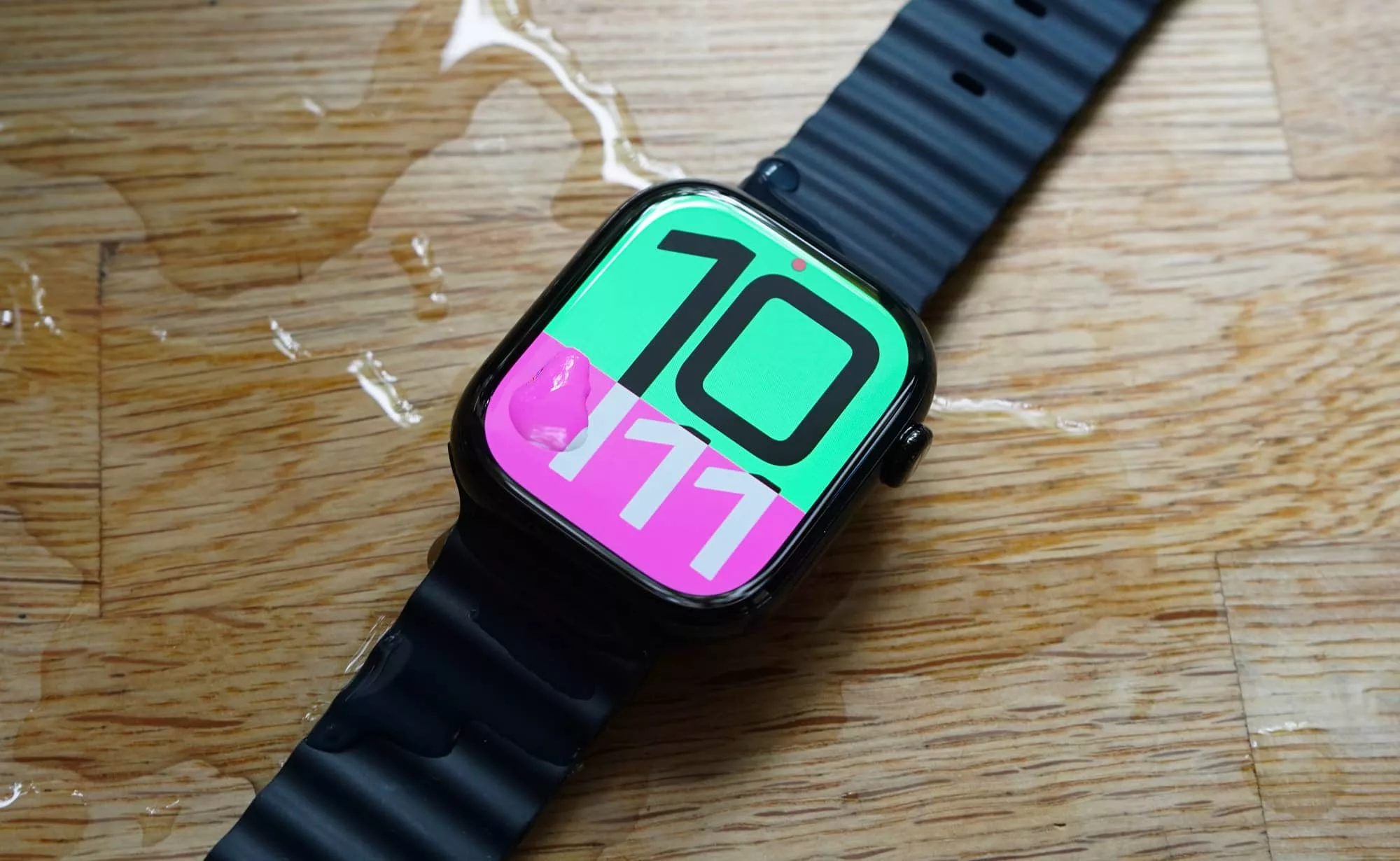
Another obvious addition will come in the form of watch models, with last year’s Series 10 likely to be replaced by this year’s Series 11, the Ultra 2 giving way to the Ultra 3, and likely a new variant of the less expensive Apple Watch SE. It’s been a few years for that model.
The range could see improvements to the size, particularly on the SE side of things, but the processors will also likely get a boost, possibly to handle more health metrics and improvements to the analysis taking place. Satellite connectivity is also a point, especially given the Google Pixel Watch 4 is getting the feature first.
New AirPods Pro are a possibility
It’s been three years since the AirPods Pro were updated, and so a new generation is also expected here.
Improvements to sound are likely, as is better active noise cancellation and battery life, but we might also see a feature Beats used in the PowerBeats Pro 2 make its way to the AirPods Pro 3: an optical heart rate tracker.
Heart-rate tracking one of those extras that added a little something extra to the PowerBeats line, and was the closest Android owners are likely getting to an Apple Watch, given the Beats earphones work on Android, as well. Beats wasn’t the first here, but it likely won’t be the last, especially given that Apple owns Beats.
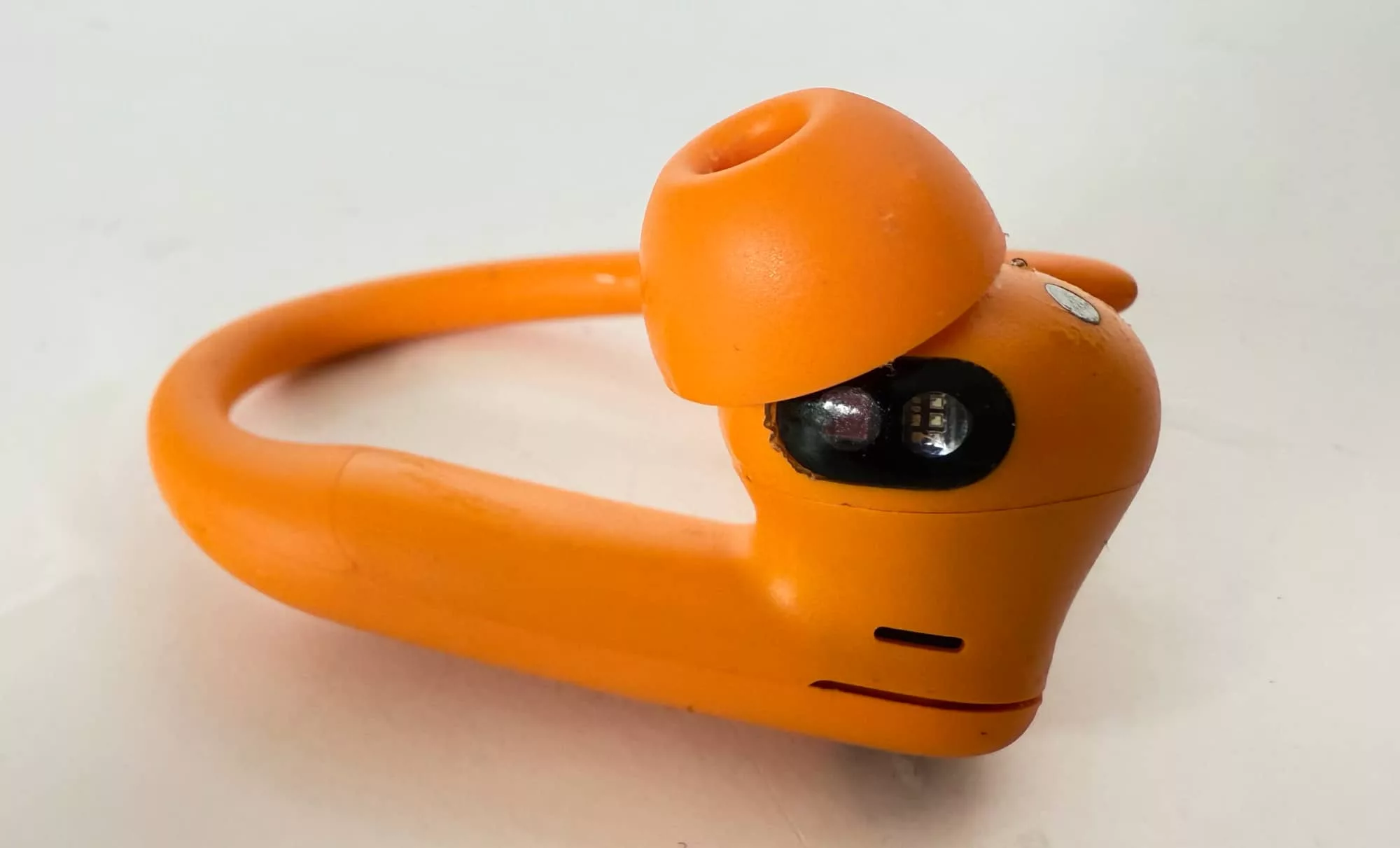
MagSafe Qi2 chargers
Apple could also have its own Qi2 chargers on the way, because the MagSafe-compatible Qi2 25W will almost definitely be a part of this release.
Belkin showed off the first Qi2 25W chargers recently, devices that are backwards compatible with existing MagSafe and Qi2 models, but given Belkin’s UltraCharge Pro includes an Apple Watch charging branch, it’s pretty safe to assume the Qi2 25W variant will be on the new iPhones.
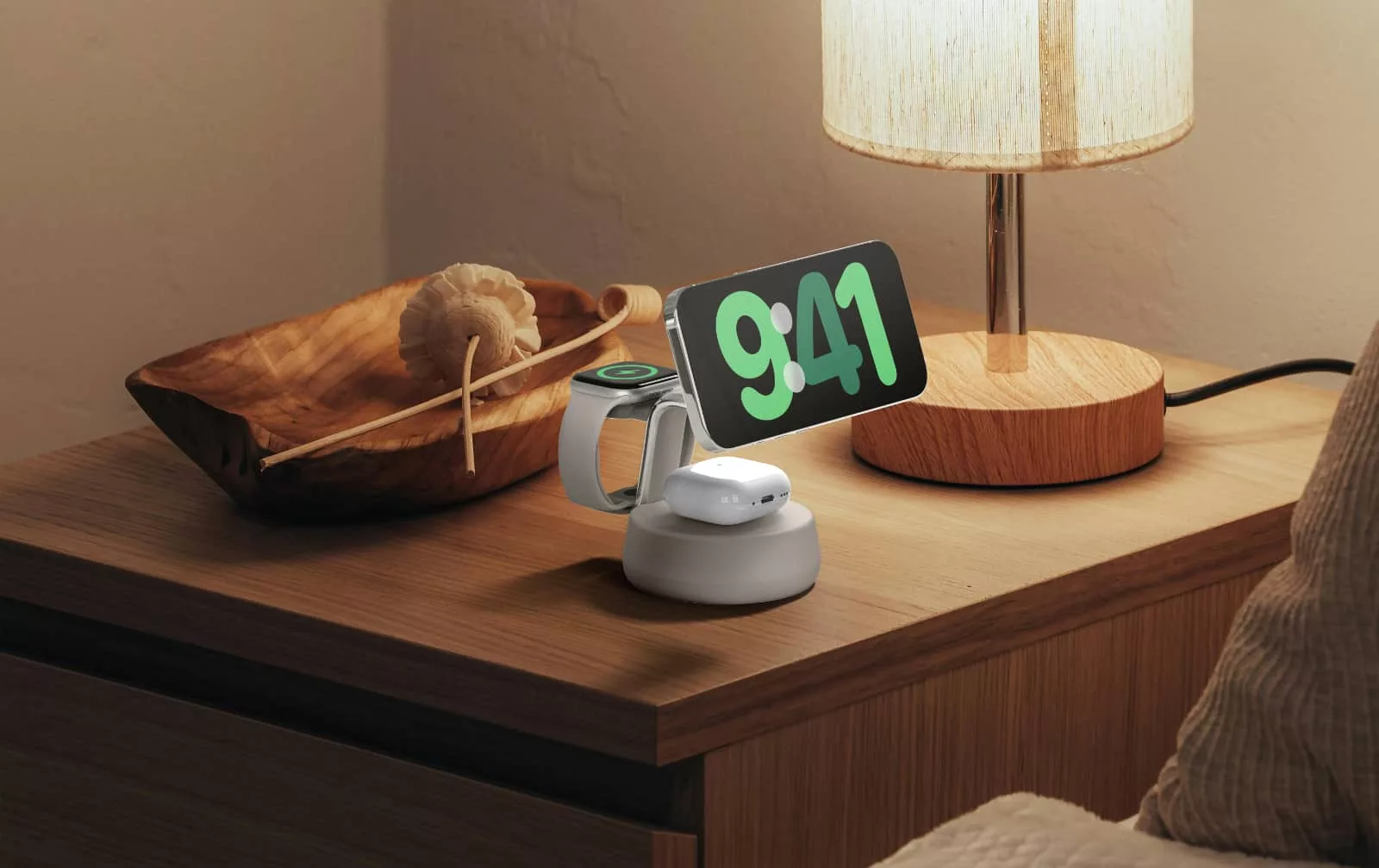
Other gear Apple could release
There are, of course, plenty of other things Apple could announce.
A new iPad Pro is expected, as are new MacBooks with an upcoming M5 processor inside. Most of the line has been updated, but it seems less likely to occur at an iPhone launch than another event later in the year, possibly next year.
However, Apple is also rumoured to be working on a new HomePod Mini, as well as a smart device with a screen baked in. We’ve previously looked at that idea, and still believe a HomePod with a screen dock makes more sense, simply because it would mean owners of an iPad could effectively turn their tablets into an extra speaker screen, something Google tried blending with the Pixel Tablet.
One device that could make sense at this launch, however, is the Apple TV.
It’s been a few years since the last Apple TV was updated, and given the compact TV set-top has similar parts to an iPhone, not to mention an operating system change on the way, a new Apple TV 4K at the iPhone announcement wouldn’t be out of kilter.
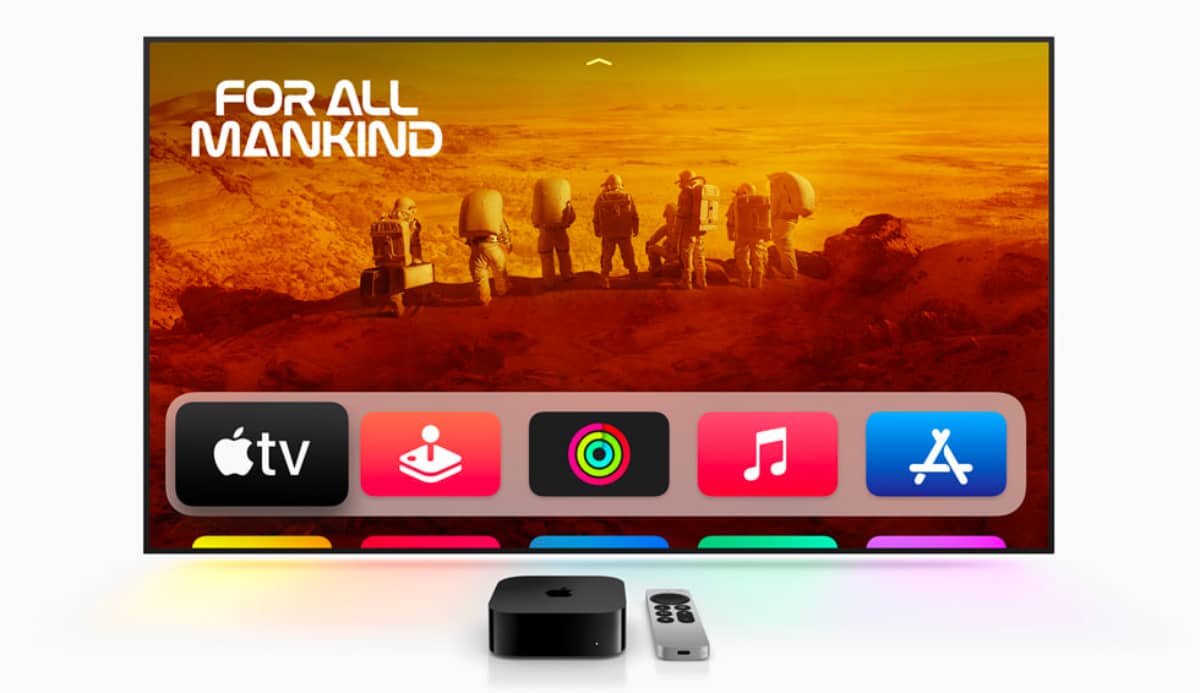
PSA: Hold off on purchases
The long and short of all of this does amount to a message affecting your wallet:
If you were thinking of buying an iPhone or Apple Watch, or maybe even an Apple TV in the next couple of weeks, maybe don’t.
New gear is on the way, and when Apple announces new gear, it typically arrives the week after. With September 9 at 10 AM Pacific the date and time of the “awe dropping” Apple announcement, Australians can expect the news in the early hours of September 10, around 3 AM.
Which means by the time you wake up properly on September 10, there will be new iPhones to look forward to.


